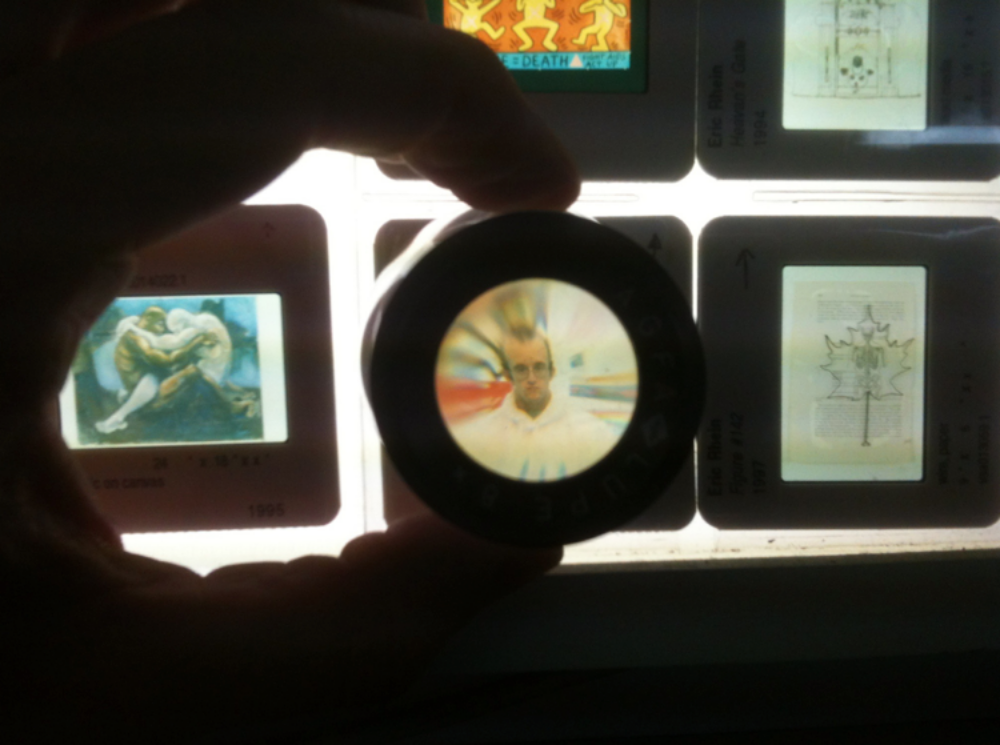Past Event
The Archive Project Launched

On December 1, 1994, Visual AIDS launched The Archive Project, the largest image database dedicated to preserving the legacy of work by artists with HIV/AIDS.
The Archive Project was co-founded in 1994 by David Hirsch and Frank Moore who then formed the Archive Committee to work with a group of community-based artists, art administrators, archivists and estates with the goal to create a slide archive documenting the work of HIV+ artists. The archive welcomes any and all professional visual artists living with HIV and the estates of artists who have died of AIDS.
The Archive continues as both a service to HIV+ artists and a public resource. The Archive Project is a unique tool to teach about AIDS art activism and the lasting importance of HIV+ visual artists. The Archive Project has been used to curate exhibitions, for research by art historians, writers, educators and students, and for reproduction use in books, publications and websites online.
In 2002, The Archive Project was renamed The Frank Moore Archive Project, in honor of his dedication to the archive and his foresight in the importance of the preservation of artwork by HIV+ artists.
In 2012, after years of digitizing the artworks in the archive, it was re-launched online as The Visual AIDS Artists Registry. The online registry includes digital versions of many of the original slides held in the archive as well as new work added directly by Artist Members. The Artist Registry provides a forum for HIV+ visual artists to display and share their work with viewers worldwide and provides an opportunity for estates of artists lost to AIDS to preserve the work of these artists in a comprehensive online archive.
Through the Archive Project and online Artist Registry, Visual AIDS has expanded its reach to HIV+ artists while preserving a visual record of their work. As the Artists Registry expands into the digital future, the Frank Moore Archive Project continues to house hard copies of slides, biographic information and artists files in the Visual AIDS office. Both resources are open to the public.